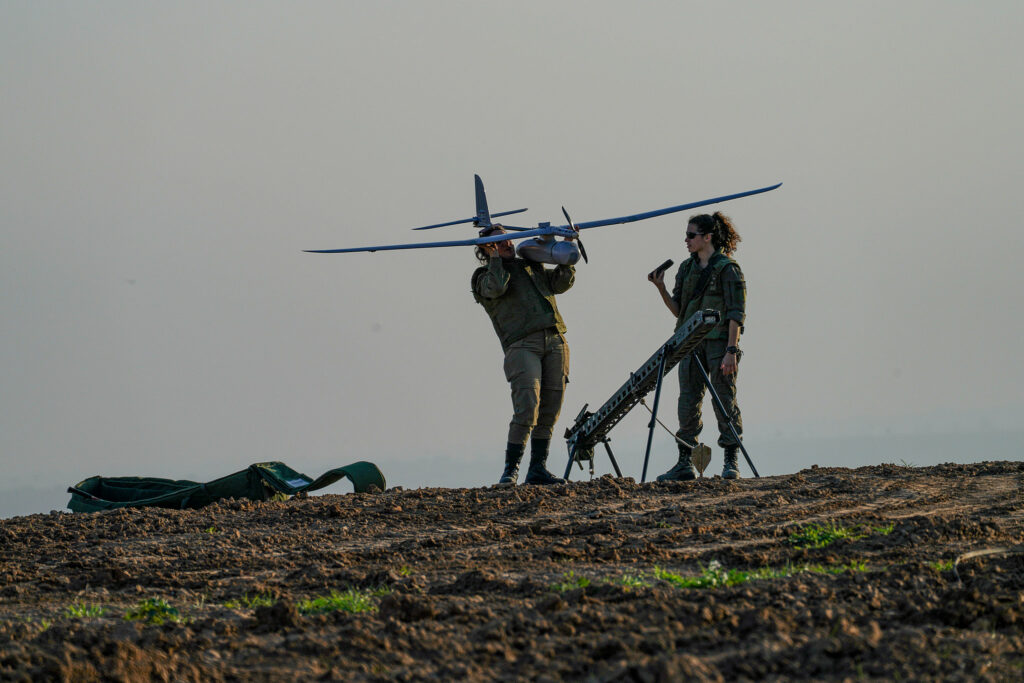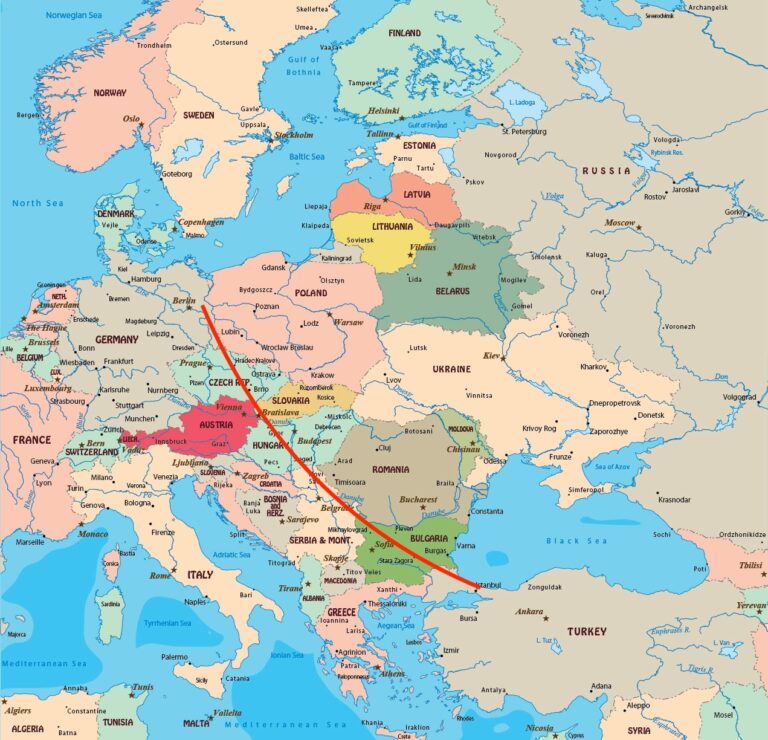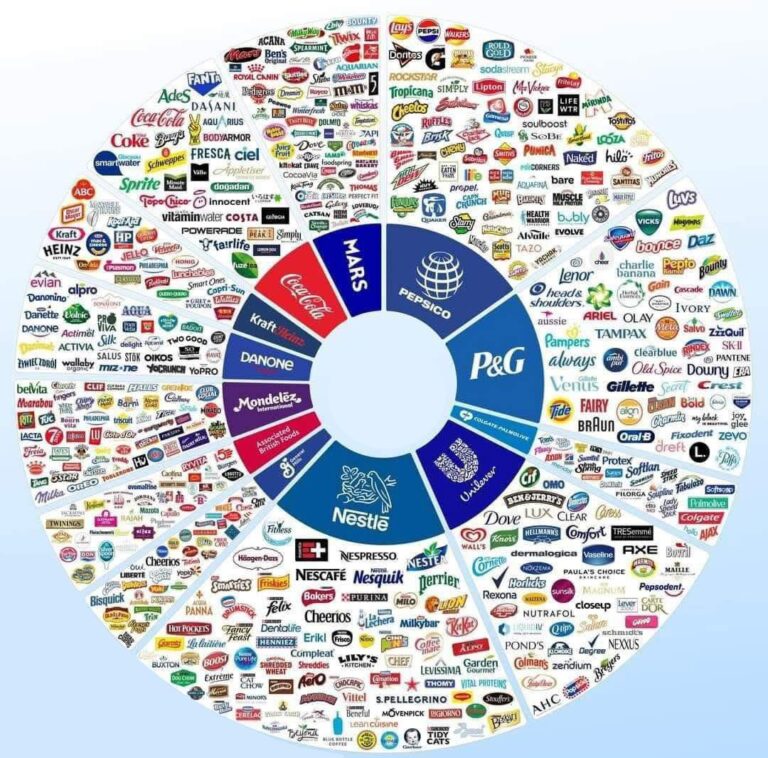By Andrea Tucci,
According to the Committee for the Protection of Journalists, 103 journalists and media workers died in Gaza and the West Bank since October 7.
A collaboration, brought together 50 journalists from 13 media organizations around the world. This Consortium analyzed nearly 100 cases of journalists and media workers killed in Gaza, as well as other cases in which Israel has allegedly targeted, threatened, or wounded members of the press over the past eight months. Unable to report freely from inside the Strip, consortium members remotely contacted over 120 journalists and witnesses to military activities in Gaza and the West Bank; consulted around 25 ballistics, weapons, and audio experts, including Earshot; and used satellite images from Planet Labs and Maxar Technologies.
For four months, a team of 50 journalists investigated the killing by Israeli forces of more than 100 media personnel in Gaza, and the wounding of many others. While the Israeli military claims that it doesn’t deliberately target journalists, our findings suggest that at least 18 media workers were reportedly killed or wounded by precision strikes likely launched from unmanned aerial vehicles (UAVs), in violation of the laws of war. At least four were wearing press vests at the time and were identifiable as journalists.
Under international humanitarian law, armies must distinguish between combatants and non-combatants, and direct attacks only at military targets.
Intentionally targeting civilians, including reporters, is a war crime.
Drones have the technological capabilities to minimize casualties, so how could so many journalists be killed and wounded by UAVs?
Drones carry smaller explosives than fighter jets and can hit a target surgically, “within a foot (around 40 cm) and avoid the backlash that comes with blowing up too many civilians.
“Precision could mean avoiding civilian [casualties], or it could mean targeting civilians; a precision strike just means the guaranteed destruction of a “target you hit,” but it depends if you want to reduce the costs of war or who want to maximize damage.
An Israeli intelligence source told the Consortium that the use of UAVs in the current war is “more morally ok” than the use of fighter jets because they do destroy an entire house and its occupants, but instead try to kill one person, attack the target in a car, on a motorbike, or walking.
Drones have onboard sensors and a radio link that transfers the collected data to a ground station, which then identifies the target. Infrared cameras and electro-optical sensors also allow for visual confirmation of the target, provided the weather conditions are favorable, or the drone is flying low enough. Some UAV models used by the Israeli military, if the visibility is clear enough a drone operator could see a press vest.

Israel unmanned aerial vehicle (UAV), Drone
The technology was already sufficiently advanced in the early 2010s to enable those viewing the footage to clearly see what the drone was targeting and certainly camera definition has gone up since. “You can see the size of a person, you can tell from their walk whether they are male or female, whether they are fat or thin.”
Al Jazeera is requesting to the International Criminal Court the prosecutor probe for some cases as a possible war crimes and crimes against humanity.
The Israeli military did not provide the Consortium with any information about the strike or its intended target. However, it stated that the incident is under examination by the Joint Chief of Staff’s Fact-Finding Assessment Mechanism (FFAM), the military body that investigates alleged war crimes by Israeli soldiers.
“It’s a legal obligation to exercise distinction between combatants and non-combatants,” and while the IDF claims to be the most moral army in the world, that is subject to debate given the … colossal level of civilian casualties.”
Lavender, an AI-based program is been used to generate a kill list of over 37,000 people, has served as a blueprint for drone strikes since October 7.
Lavender’s method of identifying targets for assassination involves giving almost every Palestinian in Gaza a rating, based on certain characteristics that supposedly determine the likelihood of being a militant. We can surmise that relevant characteristics might include being in a Whatsapp group with a known militant, switching cell phones every few months, and changing addresses frequently.

At the beginning of the war, human personnel’s role in target acquisition was minimal. With some target officers intervening only to check that the target is male rather than female. Two sources told the Consortium that target investigators in military intelligence were authorized to rely “automatically” on the kill lists produced by Lavender.
Even by the Israeli army’s own standards, errors in Lavender’s identification process are known to occur in up to 10 percent of cases. For the army’s top brass, this error rate is seen as a legitimate price to pay for significantly automating the target-generation process.
One source told the Consortium that while he has no proof of Lavender marking journalists as targets, it is “possible” that the AI would mistakenly identify journalists as Hamas operatives. In one case that the source was personally familiar with, a journalist was “almost killed.” Several other sources said they were not aware of any efforts by the Israeli military to vet and filter out Palestinian journalists who might appear in AI-generated kill lists in Gaza.
“There are journalists who talk a lot with Hamas officials or militants,” another Israeli military source told the consortium. “It is likely for a journalist in Gaza to be in [Hamas] WhatsApp groups, and that the journalist would call them. So it makes sense that Lavender might label him as a Hamas militant.” The source emphasized, however, that he is unaware of any particular instance that a journalist was marked as a target by Lavender.
When asked if any of the journalists hit by drone strikes were on Lavender-generated kill lists, an Israeli army spokesperson said: “The IDF does not use artificial intelligence systems to identify military operatives.”
We identified several other cases in which Palestinian journalists were allegedly targeted or killed by Israeli drones since October.
On Feb. 24, a photojournalist for UNRWA and the Jerusalem-based was one of the first journalists to document large-scale destruction in Gaza, thanks to his small quad-copter drone. His pictures were shared worldwide.
That day, he said, after filming “I put my drone away and headed toward some fishermen. The second I asked for the price [of their fish], I was targeted”: He said from his hospital bed in Doha. Both of his legs were amputated above his knees.
Spokesperson said the attacks, respectively, were targeting “a Hamas terrorist infrastructure and military operative,” and “a terrorist cell using a drone.”
Every IDF airstrike is carried out by “trained personnel”, and that no strikes are “conducted without oversight, approval, and final execution by IDF officers.”
When drafting the rules for targeted killings in the early 2000s, the IDF International Law Department stipulated that only individuals taking direct part in hostilities could be targeted. “The logic was, ‘I’m going to use it sparingly, against the most high-level people, only when I have no alternative,“This doesn’t seem to be the case anymore.”
Since being attacked, several journalists have told the Consortium they’re now afraid to wear their press vests.
Some keep them concealed in their bags, wearing them only when the cameras are rolling. “ The press vest itself has become a means to target you, more than a means to protect you...”



